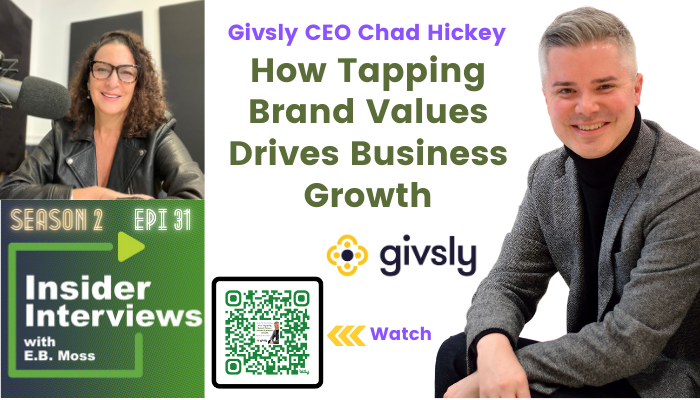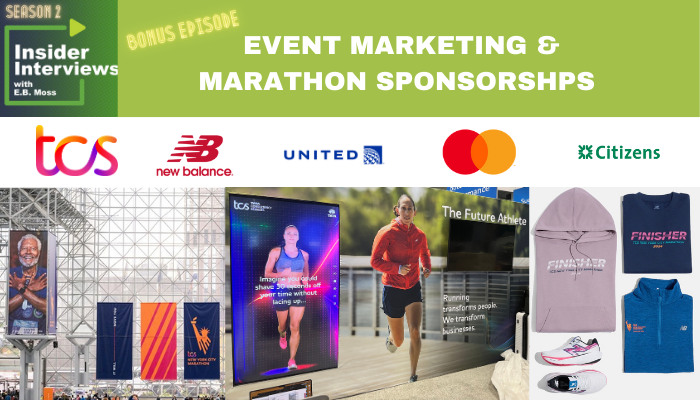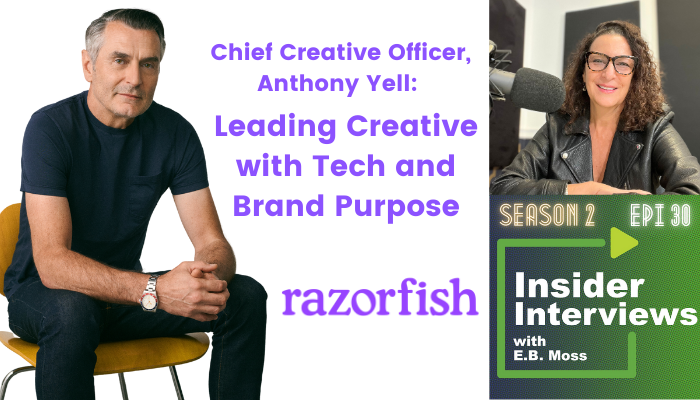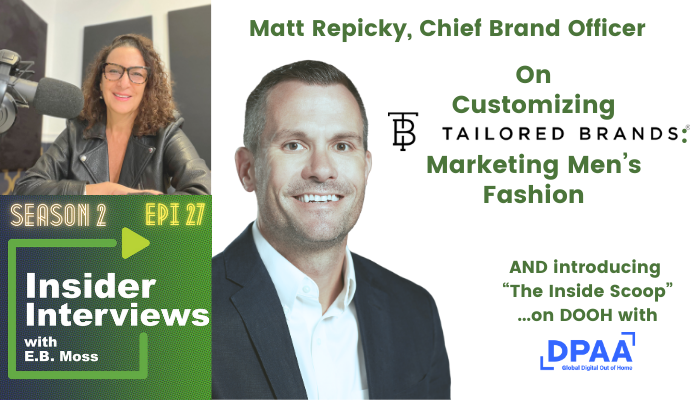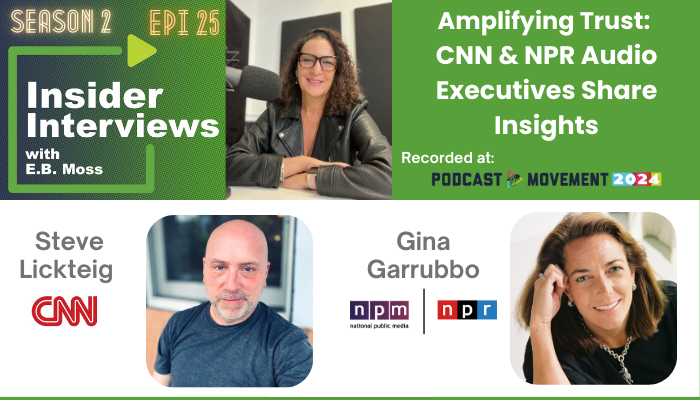Behind the Billboards: Inside OOH with billups
Podcast: Play in new window | Download () | Embed
Subscribe or Follow Spotify | Android | Pandora | iHeartRadio | TuneIn | Deezer | RSS | More
Out-of-home advertising isn’t just about billboards anymore. With data-driven targeting, creative innovations, and deep measurement capabilities, the OOH industry has transformed into a sophisticated media channel that deserves a bigger seat at the table. In this episode of Insider Interviews, I got to explore the great outdoors with David Krupp, Global CEO of Billups, and […]



